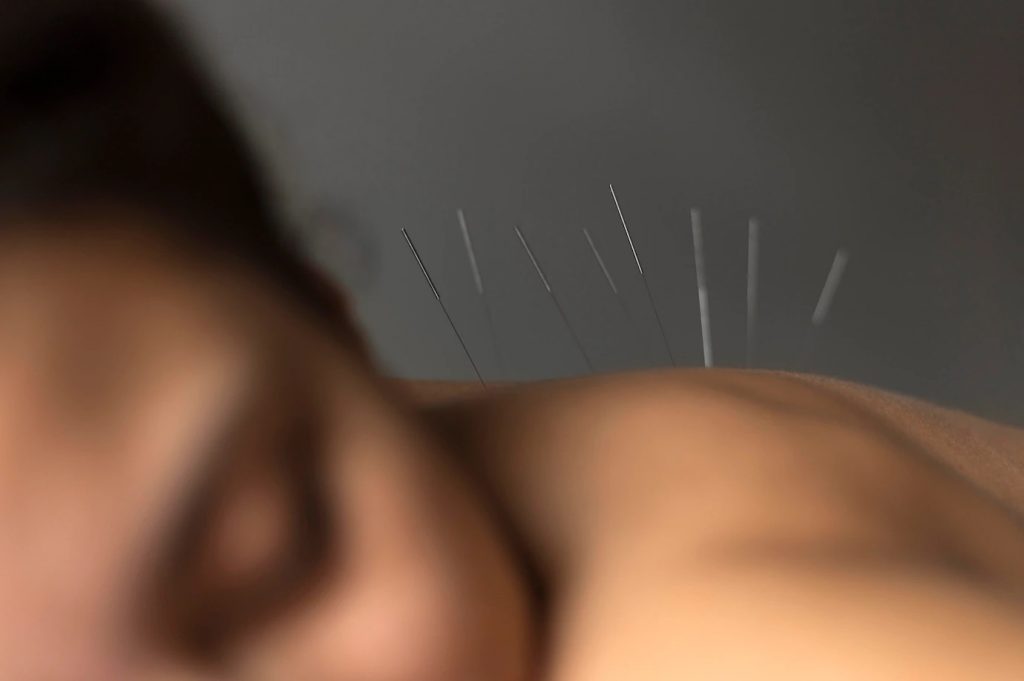Long story short, dry needling is a safe, relatively uncomfortable, and frequently helpful therapy for individuals with a specific musculoskeletal presentation. Despite how scary the name of the operation sounds to the ears, people with musculoskeletal conditions still go for it.
Who administers this treatment?
Physical therapists who have received specialized training and certification in the use of dry needling administer the treatment. To treat trigger points in the muscles and manage neuromusculoskeletal pain and mobility problems, a small monofilament needle is inserted through the skin.
Trigger points—What are they?
Simply put, a taut strip of skeletal muscle inside a broader muscular group is referred to as a “trigger point”. To even the slightest touch, trigger points can be painful. This further explains why trigger points on the body can cause pain to spread to other areas of the body.
A trigger point can be treated with dry needling to lessen excess tightness, boost blood flow to that area, and lessen both local and transferred pain.

Is it the same as acupuncture?
It’s vital to understand that dry needling should not be confused with acupuncture. Though similarities exist, their differences make them stand apart.
First off, the only similarity is that both make use of similar tools. And, It ends there.
Their differences? While dry needling is based on Western medicine and evaluation of pain patterns, posture, movement limitations, function, and orthopedic tests; acupuncture is based on Eastern medicine.
The effects of dry needling on muscle tissue include pain relief, trigger point deactivation, and function restoration. Rarely it is an independent technique. Instead, it frequently is a component of a larger physical therapy strategy that incorporates other conventional physical therapy techniques into the course of care.
Types of pain dry needling are employed to treat
There are a variety of health conditions experts use this method to treat. How?
For example, for a larger part of the time, dry needling is employed as a component of a larger strategy that includes some form of physical activity, manual treatment, heat therapy, and some form of education.
Additionally, to enhance the body’s range of motion that is restricted by tight muscles or scar tissue, this technque is employed. More examples of conditions that may be treated with the technique include tendinitis, joint problem, pelvic pains, spinal problems, migraine, disc problems, whiplash, night cramps, tension-type headaches, and a host of other muscle or neuron-related problems.
However, exceptions include pregnant women or people afraid of needles. These people should rather consult their doctors than go for this method of treatment.
Side effects
The side effects are most times minor and should not raise your eyebrows. They include fatigue, bruising, soreness, and fainting.
You may also bleed at the point the needle was inserted.
Furthermore, a pneumothorax which goes by its second name “collapsed lungs” is caused by puncturing the lungs with needles via insertion in the chest region of the body and is a very rare side effect of improper needle insertion. As always, this ever happens rarely.
On a final note, dry needling is a treatment that promotes healing and treats different muscle dysfunction.
